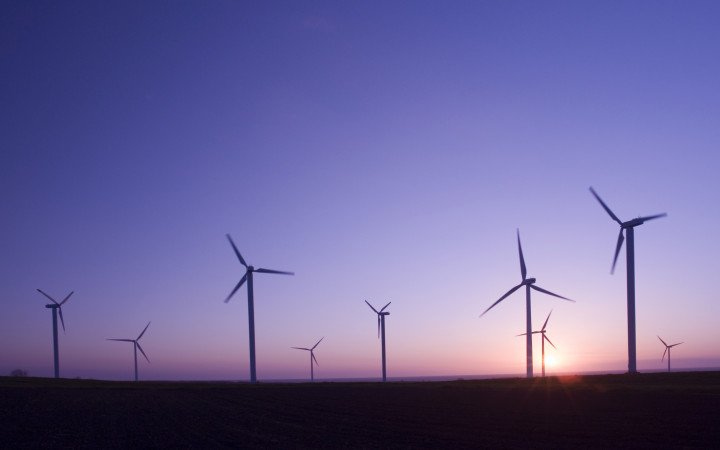Today’s Wonder of the Day was inspired by noah. noah Wonders, “How do windmills work?” Thanks for WONDERing with us, noah!
What puts the wind in your sails? If you’re not sure what we mean, picture a sailboat. Without a good wind, what will it do? Probably just sit there. But the first big gust could carry the boat for miles across the water. To have the wind in your sails means that you’re motivated or driven to do something.
People have used this figure of speech for a long time. And it’s not just inspired by sailboats! The wind is an important part of many other processes. Take the weather for example. Or hot air balloons. Or even the topic of today’s Wonder of the Day—the windmill!
People have used windmills for hundreds of years. The earliest written mention of windmills came from Persia (modern-day Iran) in 644 C.E. They later showed up in China. The two countries may have come up with the windmill separately. However, some believe that windmills in China were first built by Persians who were taken there as prisoners of Genghis Khan.
How exactly do windmills work? Like many boats, the first windmills relied on sails. When the sails caught the wind, the windmill’s blades rotated. This moved the driveshaft which was connected to gears and millstones.
The earliest windmills were post mills. They had four blades connected to a central post. Later, tower mills became popular during the 1400s. These included a cap that could spin to let sails better catch the wind. Later, in the 1500s, the smock mill had six or eight sides, instead of a cylindrical shape.
For many years, people used windmills to grind grain. Windmills also helped with irrigation and other farming needs. Later, steam power and electricity replaced many windmills.
Today, though, special windmills called turbines are gaining popularity. Turbines are windmills that use the power of the wind to make electricity. The blades connect to a shaft that spins when there’s enough wind. The shaft then connects to a generator to make electricity.
In some places, you’ll find large groups of wind turbines. Theses places are called wind farms. Wind farms are most common in areas that are more likely to be very windy, such as plains or near large bodies of water.
Traditional windmills may not be as common as they once were, but some farms still use them to grind grain and water animals. And of course, many people enjoy visiting old windmills. They can be an impressive sight, even if they’re no longer in use.
People have harnessed the power of the wind for thousands of years—from sailboats to traditional windmills and now wind turbines. How will future people use the wind? What applications haven’t been thought of yet? Maybe the next development in wind power will come from you!
Standards: C3.D3.His.2, NGSS.PS3.A, NGSS.PS3.B, NGSS.PS3.D, CCRA.L.3, CCRA.L.6, CCRA.R.4, CCRA.R.1, CCRA.R.2, CCRA.R.10, CCRA.SL.1




